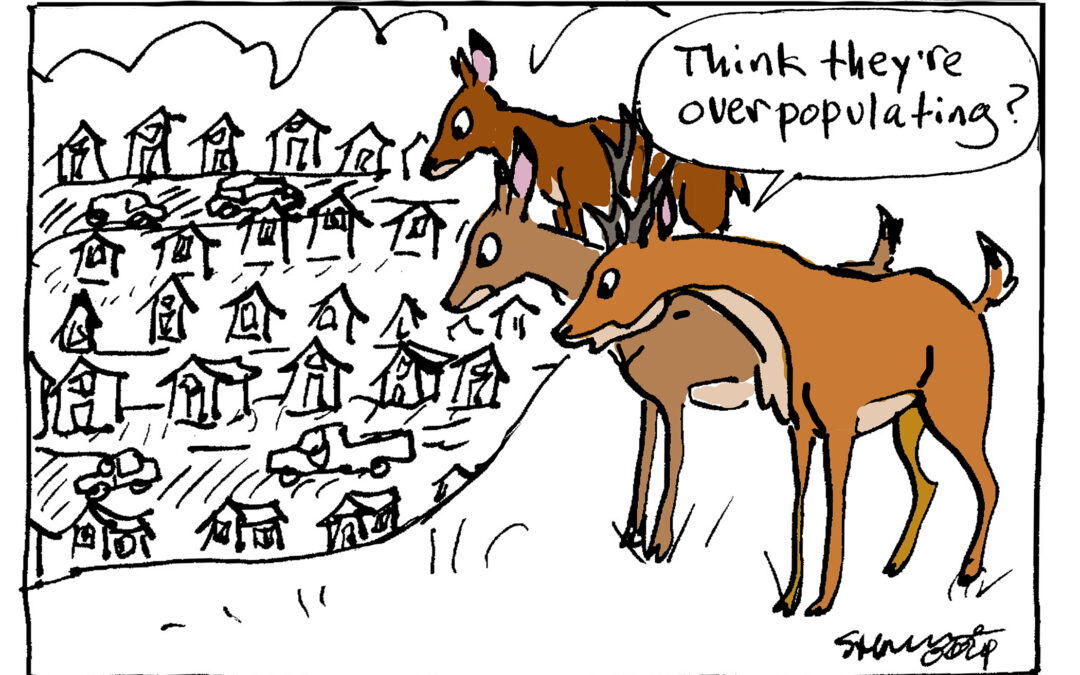
When You Return Those Clothes – Our Planet Pays
Online clothes shopping has never been easier. Browse, click, and receive — all without the hassle of going to the store and trying on clothes in front of those fitting room mirrors that make you look a bit strange.
Not quite sure of size? Order two or three to try on at home. Return ones which don’t fit where they go to — you were going to say another customer, right?
Wrong.
Would it surprise you to know that many returned goods don’t get resold at all?
Because returns are so expensive for online retailers, it’s often cheaper for the seller to simply throw the item away rather than to inspect for damage, repackage and resell.
Some smaller retailers may resell to online resellers or donate to charities but most of the returned clothing ends up in landfills.
After construction and food, fashion has become the world’s third most polluting industry to the tune of 2.6 million tons of clothing landing in the landfill per year. That translates into 16 million tons of carbon emissions.
Eco-disaster numbers are often so huge we tend to become overwhelmed with the attitude, I’m just one person — what difference does it make.
By becoming aware and a more informed conscientious user, I, you, we can try to change our habits.
I have always hated shopping and online is so easy and a convenient way to shop. I know I won’t digitally detox but now that I’m aware of how returns are handled, I intend to be more mindful with my purchases.
It’s not hard for us to commit to redo our shopping habits and commit to less returning.
Keep in mind before you click purchase, with most on-line returns, our planet pays the price.


Recent Comments